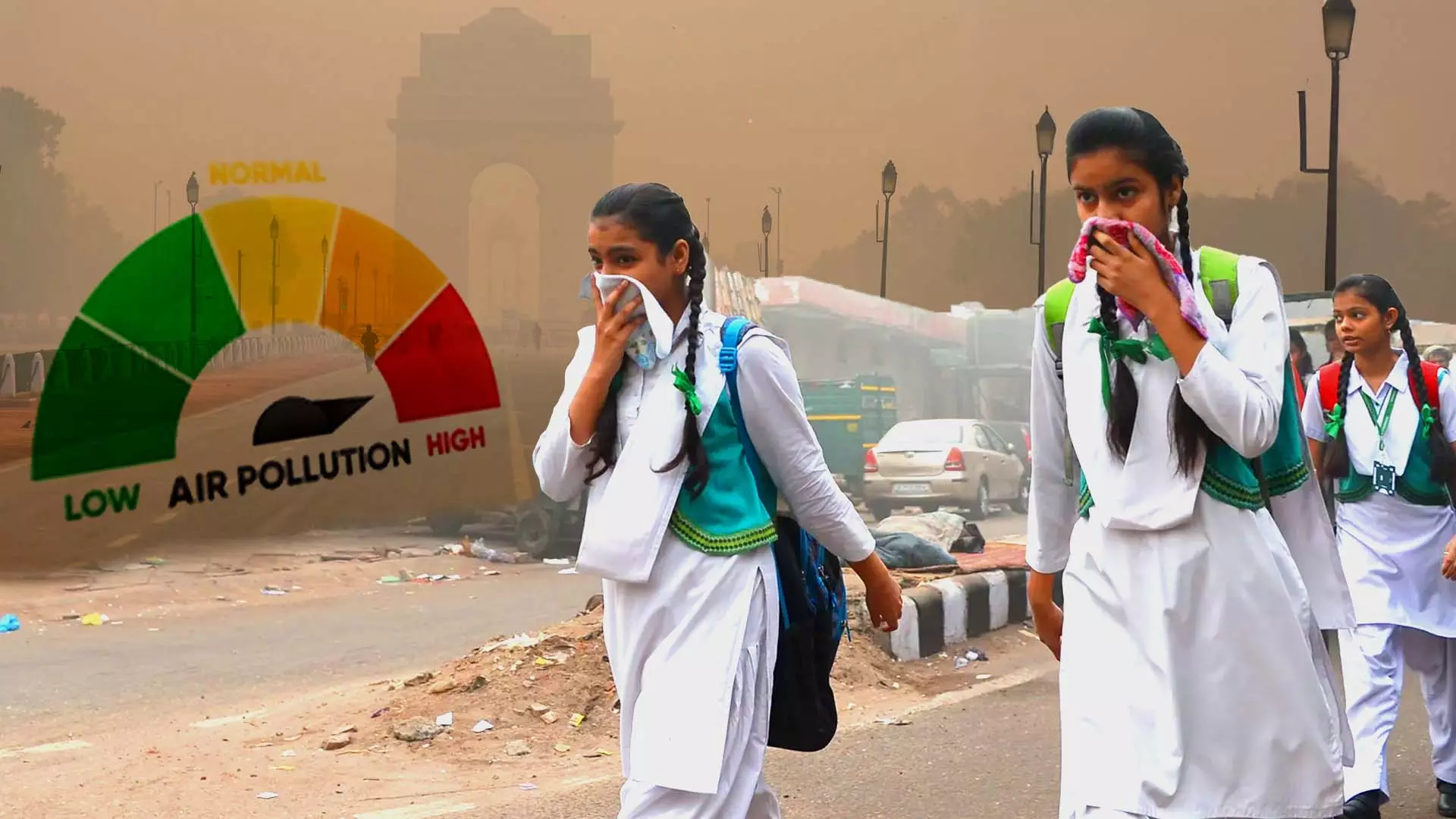
Delhi in ICU, green crackers just a greenwash: Environmentalist Vimlendu Jha
Despite reduced stubble burning and a Supreme Court green-cracker ban, Delhi’s air pollution hit a record high this Diwali. Why did the smog spiral out of control?

This Diwali, Delhi suffered one of its worst air-quality episodes in recent memory. While the ruling BJP attributed the pollution to stubble burning in Punjab, crop-residue fires in neighbouring states were only about a quarter of previous years. Still, Delhi’s air plunged to hazardous levels, despite a Supreme Court order allowing only green crackers within time limits.
On the ground, the regulations were blatantly violated. By the morning after Diwali, average PM2.5 levels in Delhi reached unprecedented highs — far above the safe limit recommended by the World Health Organisation (WHO). A dense, acrid smog enshrouded the capital, trapping residents in toxic air.
Worsening the situation, meteorological conditions held the pollutants close to the ground. With temperatures falling and wind speeds nearly stagnant, the toxic smoke remained trapped. Data from the Central Pollution Control Board (CPCB) confirmed the crisis — Diwali 2025 ranked among the worst five years for Delhi’s air quality.
Why SC order on green firecrackers didn't work
As noted by environmentalist Vimlendu Jha: “This year … we’ve seen the Supreme Court of India actually give its nod to green firecrackers and despite those directions, we’ve seen those rules being flouted.”
“Green firecrackers perhaps pollute 30 per cent or 35 per cent less. If anyone in Delhi NCR was there, the AQI itself is a testimony to the fact that there was nothing called green firecrackers. It was just a greenwash,” he said.
'Next 60 days critical'
Experts say much of the pollution stemmed from local sources — vehicles, dust, industries, and festival firecrackers — rather than stubble burning. Although neighbouring states voluntarily limited crop-residue fires, Delhi’s air still deteriorated because local emissions surged and weather patterns prevented dispersion.
“The next 60 days are going to be extremely critical for the region … when we say the wind speed is low … pollution of Delhi NCR gets trapped … That’s a very, very big crisis,” Jha said.
Jha cautioned that this isn’t just a festival-time problem. Even outside Diwali, transport, road-dust, garbage burning, and construction release pollutants, which settle near the ground during winter inversions — a lethal mix for children, the elderly, and the sick.
'Right to breathing a priority'
With every sparkler lit and every day of unchecked emissions, public-health damage grows. Life expectancy drops, pulmonary conditions rise, and millions suffer silently.
“When it comes to air quality, we cannot allow any deviant behaviour … our children’s right to breathe is a priority and everything else is secondary.”
This Diwali’s toxic haze is a stark warning: green crackers alone won’t save us. Delhi is in an air-quality emergency — and the time for meaningful action is now. Clean air isn’t a privilege; it’s a right. Will the next Diwali be any cleaner?
The content above has been transcribed from video using a fine-tuned AI model. To ensure accuracy, quality, and editorial integrity, we employ a Human-In-The-Loop (HITL) process. While AI assists in creating the initial draft, our experienced editorial team carefully reviews, edits, and refines the content before publication. At The Federal, we combine the efficiency of AI with the expertise of human editors to deliver reliable and insightful journalism.

